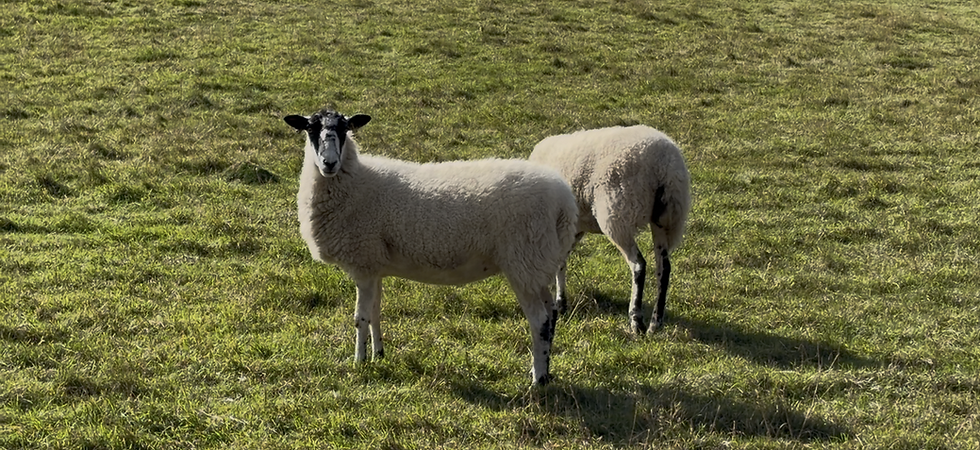FUR SEALS!
- kradiganscience24
- Jul 22, 2024
- 3 min read
Tavishi
Pinnipeds are a clade composed of seals, sea lions, and walruses. But one group within Pinnipedia is often forgotten: the fur seals.
Fur seals are a member of the family Otariidae, commonly known as the group of eared seals. Otariids all have external ear flaps, and the ability to rotate their hind flippers, allowing for a form of locomotion similar to walking on all fours. Otariids are generally a lot louder and more gregarious than phocids.
Otariidae used to be split into two primary subfamilies: Arctocephalinae, or the fur seals, and Otariinae, or the sea lions. However, it was recently discovered that the Northern fur seal, the only fur seal of the genus Callorhinus, is actually more closely related to sea lions than fur seals, and thus, the whole subfamily classification was undermined. However, morphological differences still separate sea lions and fur seals like the thick underfur present in fur seals. Essentially, otariid taxonomy is weird. But this poses a question: do fur seals still exist as a group? I choose not to think about this, because realizing fish don't really exist kind of broke my entire world view. (Also, highly recommend the book Why Fish Don't Exist: A Story of Love, Loss, and The Hidden Order of Life by Lulu Miller.) If fur seals do exist, then they are composed of two genera: Callorhinus and Arctocephalus. Callorhinus only has one extant (currently alive and not extinct!) member: the Northern fur seal, or C. ursinus. The Northern fur seal has strong sexual dimorphism, with larger and heavier males. This species of fur seal is known for its characteristic flat face and extremely large hind flippers. The Northern fur seal is found in the north Pacific ocean.
However, the vast majority of fur seals, those in the genus Arctocephalus are found much further down South, in both tropical and Antarctic areas. There are eight other species of fur seal other than the Northern fur seal.
In Antarctic regions, you can find the Antarctic fur seal, A. gazella, and the Subantarctic fur seal, A. tropicalis. Although one species is known as the Antarctic fur seal, both species actually populate the subantarctic islands like South Georgia. However, the Subantarctic fur seal has a much wider geographic area, and does tend to inhabit slightly more northern regions than the Antarctic fur seal.
The Antarctic fur seal is known especially for its leucistic seals, creating the occasional blonde pup in the midst of a sea of black or dark brown heads. (Kind of like BASIS...?)
The Subantarctic fur seal is known for its long distance swims, often landing a few seals far from their native habitat, with seals being found as far north as Kenya.
Personally, I really like the little tuft of hair on the heads of Subantarctic fur seals. The Juan Fernández fur seal, Galapagos fur seal, and the Guadalupe fur seal are found on the West coast of the Americas. The Guadalupe fur seal occupies the northern most regions of these three fur seals, whereas the Juan Fernández fur seals and Galapagos fur seals are found much further south. The Galapagos fur seal is endangered, and has the lowest population count of any of the species of fur seals.
Guadalupe fur seals are found in SoCal and Baja California. They only breed on Isla Guadalupe, Baja California, an island in Mexico. The Marine Mammal Center has had quite a few Guadalupe fur seal patients, and they're adorable. Right now, they have 7 Guadalupe fur seal patients, and one of the cutest is Sloopy:
The Brown fur seal, South American fur seal, and the New Zealand fur seal all inhabit coastal regions near the tip of South America, Oceania, and Africa. The New Zealand fur seal is the only one whose region is only limited to Oceania, and the South American fur seal's region is limited only to South America.
The Brown fur seal is so versatile, and has a variety of subspecies including the Cape Cod fur seal and the Australian fur seal.
The New Zealand fur seal goes by many names- the Antipodean fur seal, the Australasian fur seal, and more. But remains, no matter what, adorable:












Comments